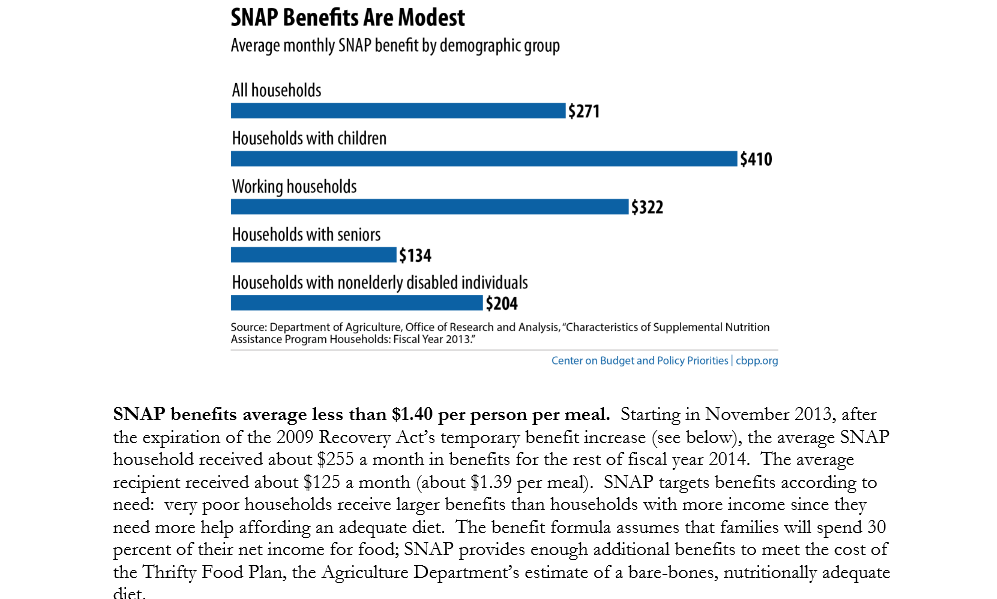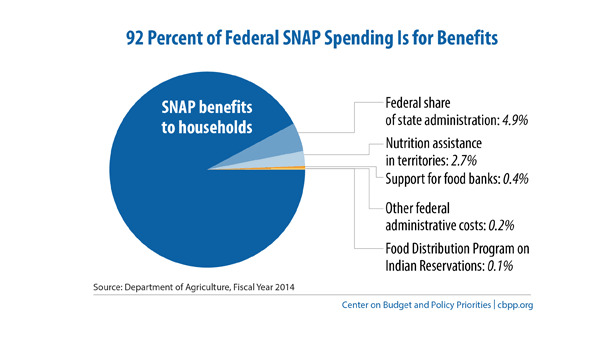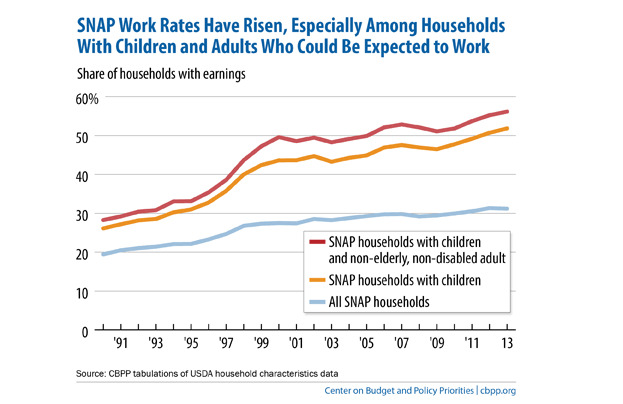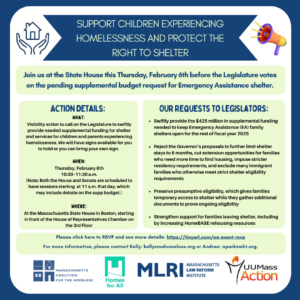Ever wonder how the USDA determines the cash amount for the SNAP benefit? Do you know what the Thrifty Food Plan is, and what it has to do with the SNAP program? Are you worried about waste, fraud and abuse in the SNAP program? Check out these facts, figures and USDA policies that shed some light on questions many people have about the Supplemental Nutrition Assistance Program.
Fact: The average SNAP benefit is $4.17 per person per day.
That SNAP benefit amount is based on the USDA’s Thrifty Food Plan, which was developed in 2006 to count the cost of the minimum amount of food needed to meet its recommended nutritional standards for people of different ages and needs. The “plan” creates a fictional “market basket” of foods bought by a family to provide all of its meals for a week or a month, and divides those foods by how much of each kind of food should go into the basket, then calculates its cost. The cost is updated each month based on current food prices, and adjusted for cost of living at the start of each fiscal year (Oct 1). There was no increase for FY2016 on Oct 1.
Fact: SNAP was never intended to provide a family’s entire food budget
…but in today’s economy, many families rely on it for far more than it was ever meant to provide.

As this chart – and its accompanying text – points out, the formula used to determine the amount of the SNAP benefit a family receives assumes that the family will spend 30% of its income on food, and provides enough benefit to meet the cost of the USDA’s Thrifty Food Plan. According to the U.S. Food and Nutrition Service website:
The amount of benefits the household gets is called an allotment. The net monthly income of the household is multiplied by .3, and the result is subtracted from the maximum allotment for the household size to find the household’s allotment. This is because SNAP households are expected to spend about 30 percent of their resources on food.
In fact, when the federal poverty levels were originally established, the typical family did spend about one-third of its income on food. Today, thanks to increases in many other costs, including child care, work expenses, transportation and health insurance, the typical family actually spends about one-eighth of its monthly income on food. When you factor in the increases in those other expenses, it becomes evident that the food budget is one of the few necessary household expenses that allows some flexibility and control. When corners have to be cut to meet expenses, it’s usually the food budget that suffers. For most families, being able to spend 30% of their net income on food is unimaginable. In many families that qualify, their monthly SNAP allotment is their food budget. That $4.17 figure is real.
Fact: More than 70% of SNAP recipients live in families with children.
Nearly 25% live in families with an elderly or disabled person. SNAP is one of the most effective ways to combat food insecurity and ensure that our most vulnerable populations get the food they need to be active, fit and healthy.
Fact: 92% of SNAP spending goes to families and individuals to buy food.
 Contrary to public misconceptions about widespread waste and fraud, SNAP is one of the most efficiently run federal programs. The federal government assumes 100% of the cost of providing benefits, and helps states with administrative costs. Because of that, 92 cents of every dollar spent on SNAP actually winds up in the pockets of people it is meant to help.
Contrary to public misconceptions about widespread waste and fraud, SNAP is one of the most efficiently run federal programs. The federal government assumes 100% of the cost of providing benefits, and helps states with administrative costs. Because of that, 92 cents of every dollar spent on SNAP actually winds up in the pockets of people it is meant to help.
Fact: 1 in 3 households that receive SNAP include at least one adult who works.
 As the chart from the Center on Budget and Policy Priorities shows, 31% of all households receiving SNAP benefits have earnings. When you look strictly at families with children, that percentage rises to just over 50%, and when you narrow it to families with children and non-elderly, non-disabled adults, that figure is nearly 60%. In other words, the majority of SNAP recipients who can work, do so.
As the chart from the Center on Budget and Policy Priorities shows, 31% of all households receiving SNAP benefits have earnings. When you look strictly at families with children, that percentage rises to just over 50%, and when you narrow it to families with children and non-elderly, non-disabled adults, that figure is nearly 60%. In other words, the majority of SNAP recipients who can work, do so.
Fact: SNAP has one of the lowest error and fraud rates of any federal program.
The current error rate of 3% makes SNAP one of the most efficient and effective federal programs, bar none. And despite public perceptions that the program is rife with fraud and abuse, the facts don’t bear that out at all. The data shows just about 1% in fraud, and much of it is perpetrated by retailers rather than recipients.
Fact: SNAP benefits the economy.
The data shows that every dollar in SNAP benefits generates $1.77 in economic activity – those food dollars help keep stores in business and people employed as well as tiding families over in times of need.



